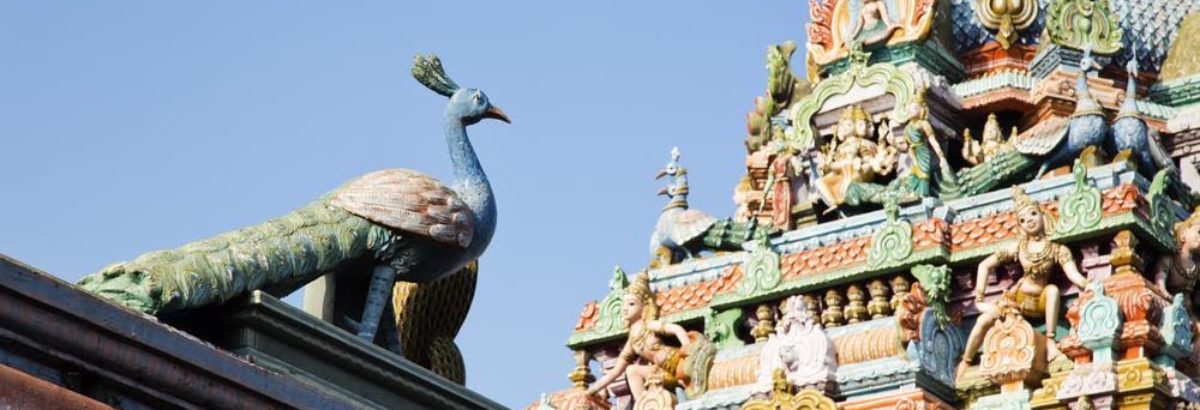Namaste all.
1. With which style of singing ‘EK TAAL’ is used?
(A) Dhrupad (B) Khayal (C) Thumari (D) Tappa
Answer: (B)
2. Writer of the book ‘Bhartiya Taalon ka Shashtriya Vivechan’
(A) Dr. Lal Mani Mishra (B) Dr. Arun Kumar Sen (C) Acharya K.C.D. Brihaspati (D) Dr. Avan E. Mistri
Answer: (B)
3. Composition with Tihayee played three times
(A) Tihayee (B) Tukada (C) Rela (D) Chakradar
Answer: (D)
4. The Book in which ‘Theka’ word is used for the first time
(A) Radha Govinda Sangeet Sar (B) Sarmaye Isharat
(C) Sangeet Naad Vinoda (D) Sangeet Kaladhar
Answer: (B)
5. Writer of the book ‘TABLA’
(A) Arvinda Mukherjee (B) Arvinda Sharma
(C) Arvinda Mulgaonkar (D) Arvinda Azad
Answer: (C)
6. In which Swar should Tabla be tuned for accompaniment?
(A) Gandhar (B) Madhyama (C) Pancham (D) Shadaj
Answer: (D)
7. Which style of singing is adorned with PARANAS?
(A) Dhrupad (B) Khayal (C) Thumari (D) Tappa
Answer: (A)
8. Which TAAL of Karnatak Taal system is depicted by the symbol of 101?
(A) Dhruva Taal (B) Roopak Taal (C) Mathya Taal (D) Ek Taal
Answer: (C)
9. Most expandable composition of Tabla
(A) Quiada (B) Tukada (C) Mohara (D) Kamali Chakradar
Answer: (A)
10. Match the following:
List – I List – II
(i) Zakir Hussain 1. Vazid Hussain
(ii) Kumarlal 2. Kishan Maharaj
(iii) Afak Hussain 3. Allarakha Khan
(iv) Pooran Maharaj 4. Gudai Maharaj
Codes:
(i) (ii) (iii) (iv)
(A) 3 1 2 4
(B) 3 2 1 4
(C) 3 4 1 2
(D) 3 2 4 1
Answer: (C)
— to be continued —
V.Meenakshi Jayakumar



